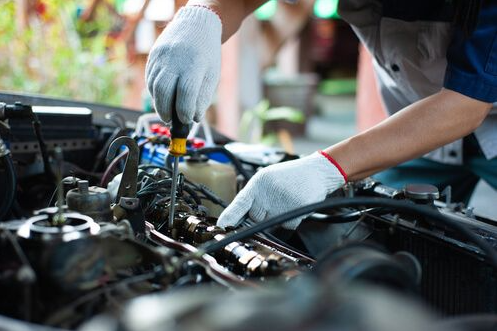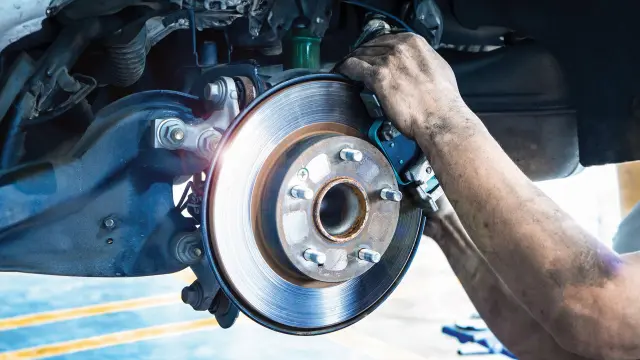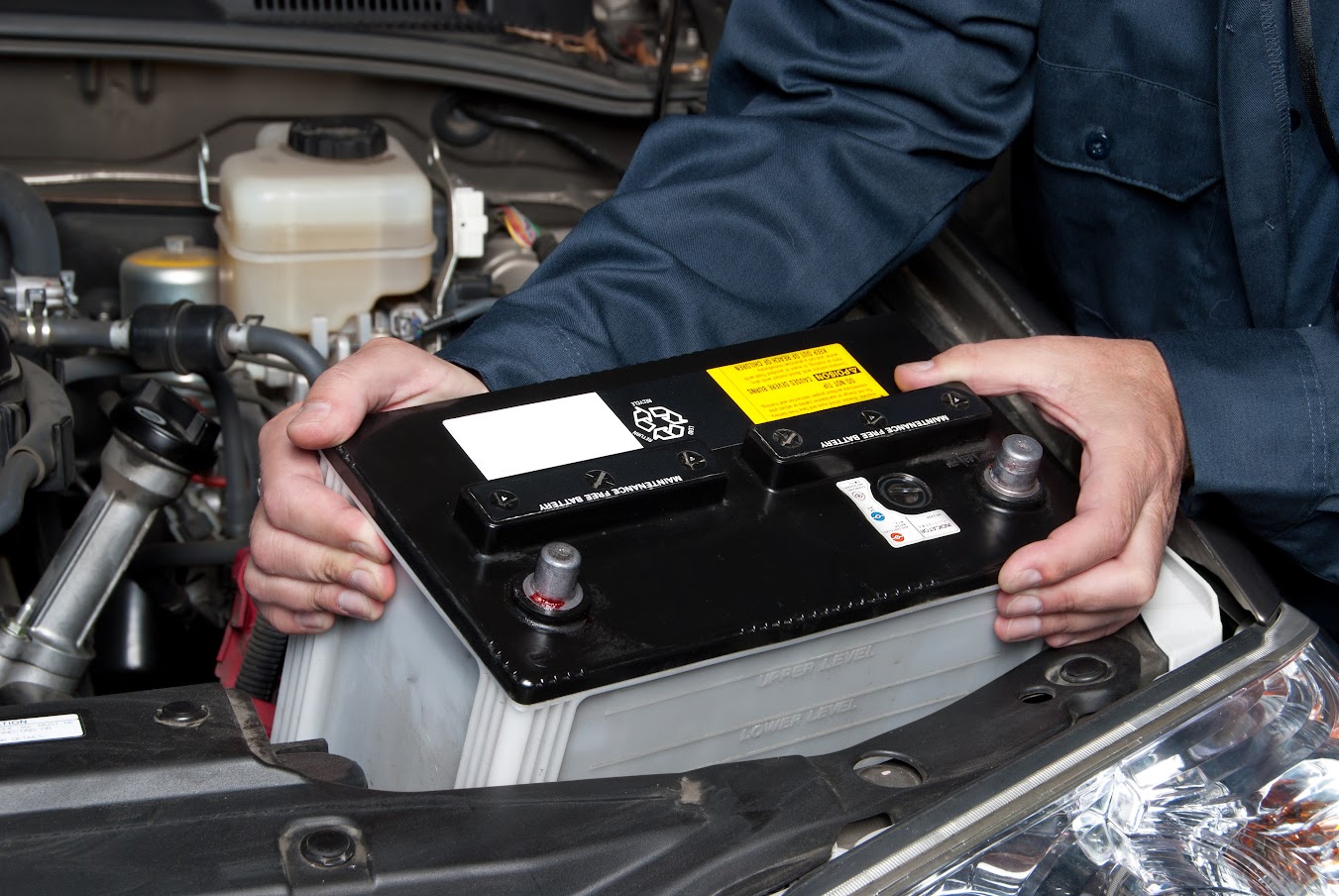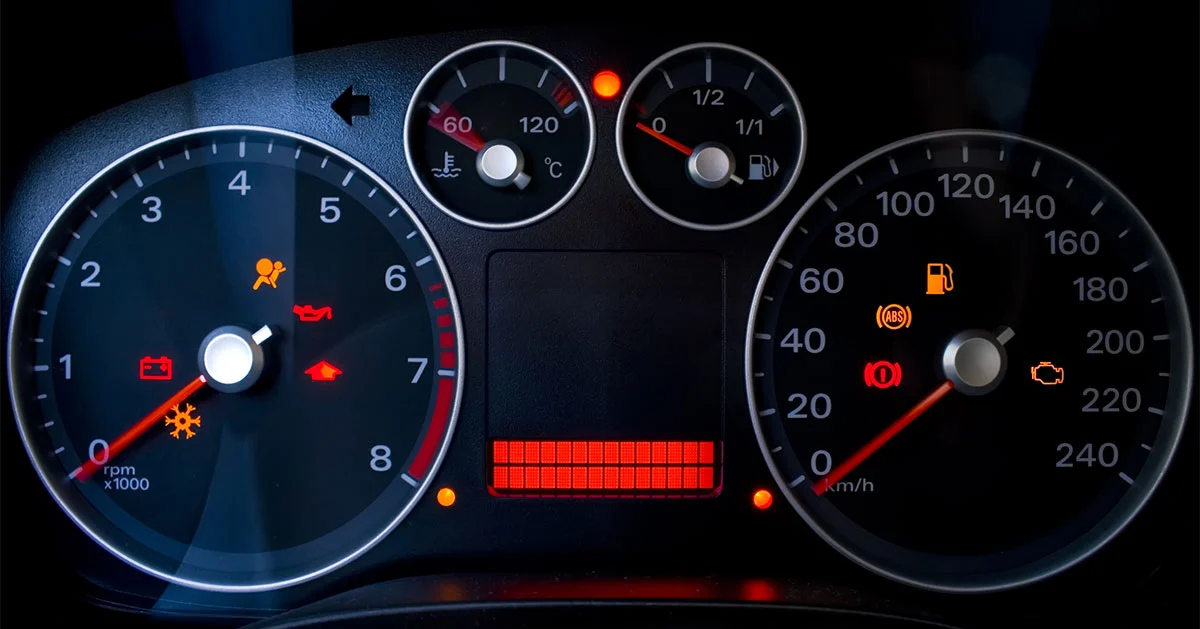Car Maintenance Basics: What Every Driver Should Know.

Owning a car is more than just driving from point A to point B—it’s about responsibility, safety, and smart care. Regular car maintenance not only extends the life of your vehicle but also helps avoid costly repairs and ensures optimal performance. Whether you're a new driver or a seasoned commuter, understanding the fundamentals of car maintenance is essential.
In this guide, we’ll cover the most important aspects of car care that every driver should know, from oil changes and tire care to fluid checks and seasonal prep.
1. Why Car Maintenance Matters
Routine maintenance is the key to avoiding breakdowns, improving fuel efficiency, and ensuring your safety on the road. A well-maintained car also retains its resale value better and performs more reliably under all conditions.
Benefits of regular maintenance:
- Prevents unexpected repairs and breakdowns
- Increases vehicle lifespan
- Improves fuel efficiency and performance
- Enhances safety for you and your passengers
- Keeps warranty requirements intact
2. Engine Oil: The Lifeblood of Your Car
Oil lubricates your engine’s moving parts, reduces friction, and prevents overheating. Over time, it becomes dirty and loses effectiveness, which is why regular oil changes are critical.

Oil maintenance tips:
- Check oil level: Use the dipstick once a month to ensure it's within the recommended range.
- Change oil regularly: Follow your vehicle’s manual—typically every 5,000 to 7,500 miles or every 6 months.
- Use the right oil: Match the type (synthetic, conventional, blend) and viscosity recommended for your engine.
Neglecting oil changes can lead to engine damage and expensive repairs.
3. Tire Care: Safety and Efficiency on the Road
Your tires are your vehicle’s only contact with the road, making their condition vital for safety and handling. Proper tire maintenance also boosts fuel efficiency and ensures even wear.
Key tire maintenance tasks:
- Check pressure monthly: Use a tire gauge and maintain the PSI specified in your manual or on the driver’s door.
- Inspect tread depth: Use a penny or tread gauge; replace tires with less than 2/32" of tread.
- Rotate tires: Every 6,000–8,000 miles to promote even wear.
- Wheel alignment: Get checked annually or when you feel pulling or uneven wear.
Properly maintained tires improve braking, traction, and overall driving comfort.
4. Brake System: Stop Problems Before They Start
Faulty brakes are a serious safety issue. Regular inspection and timely replacement of brake components ensure safe stopping power and control in all driving conditions.

Signs of brake trouble:
- Squealing, grinding, or clicking noises
- Vibration or pulsing in the brake pedal
- Longer stopping distances
- Dashboard brake warning lights
Have your brakes inspected at least once a year or whenever you notice performance issues.
5. Fluid Checks: Keep Systems Running Smoothly
Modern cars rely on several critical fluids beyond oil. Monitoring and maintaining these fluids helps ensure your vehicle runs smoothly and avoids system failures.
Fluids to check regularly:
- Coolant/antifreeze: Keeps your engine from overheating or freezing
- Brake fluid: Essential for proper brake function
- Transmission fluid: Lubricates transmission components and enables gear shifting
- Power steering fluid: Aids smooth steering operation
- Windshield washer fluid: Maintains visibility in all weather
Check your owner’s manual for recommended fluid types and replacement intervals.
6. Battery Maintenance: Power When You Need It
Your car’s battery provides the energy needed to start the engine and run electrical components. A weak or dead battery can leave you stranded at the worst moment.

Battery care tips:
- Test the battery: Every 6–12 months, especially before winter
- Check for corrosion: Clean terminals with a battery brush if buildup occurs
- Secure it: Ensure it’s mounted tightly to prevent vibration damage
Most car batteries last 3–5 years; replace them as needed to avoid failure.
7. Lights, Wipers, and Visibility
Clear visibility and proper lighting are critical for safe driving, especially at night or in bad weather.
Maintenance checklist:
- Test headlights, brake lights, and turn signals monthly
- Replace burned-out bulbs immediately
- Inspect windshield wipers for cracks or streaking
- Replace wipers every 6–12 months or as needed
Make sure your windshield washer system is filled and functioning properly.
8. Seasonal Maintenance Tips
Different seasons place unique demands on your vehicle. Adjust your maintenance routine to match the weather and road conditions.
For winter:
- Check battery health and antifreeze levels
- Switch to winter tires in cold climates
- Keep an emergency kit in the trunk (blanket, flashlight, shovel)
For summer:
- Inspect cooling system and coolant levels
- Test air conditioning performance
- Ensure tire pressure is within range—heat increases PSI
Prepare your car for the weather to avoid seasonal breakdowns.
9. Dashboard Warning Lights: Don’t Ignore Them
Modern vehicles have onboard diagnostics to alert you to potential problems. Understanding what your dashboard lights mean can prevent serious issues.

Common warning lights include:
- Check engine: May signal anything from a loose gas cap to engine trouble
- Oil pressure: Indicates a critical lubrication problem
- Battery: Electrical system or alternator issue
- Brake system: Possible fluid leak or worn brake pads
Never ignore warning lights—consult your manual or mechanic immediately.
10. When to Visit a Professional
While many maintenance tasks can be done yourself, some jobs are best left to certified mechanics. If you're unsure or uncomfortable with a repair, don’t hesitate to get help.
Call a professional for:
- Transmission problems
- Engine misfires or stalling
- Unusual noises or smoke
- Persistent dashboard warnings
- Major electrical issues
Regular inspections and tune-ups by trusted professionals can catch issues early and keep your car running like new.
Conclusion: Stay Safe and Save Money
Understanding and following basic car maintenance doesn’t require being a mechanic—it just takes attention, consistency, and a little knowledge. By taking a proactive approach, you’ll drive safer, save money, and extend the life of your vehicle.
Make a habit of checking essential systems monthly, staying up to date with your service schedule, and knowing when to seek professional help. In the long run, these small steps add up to a smoother, smarter driving experience.




